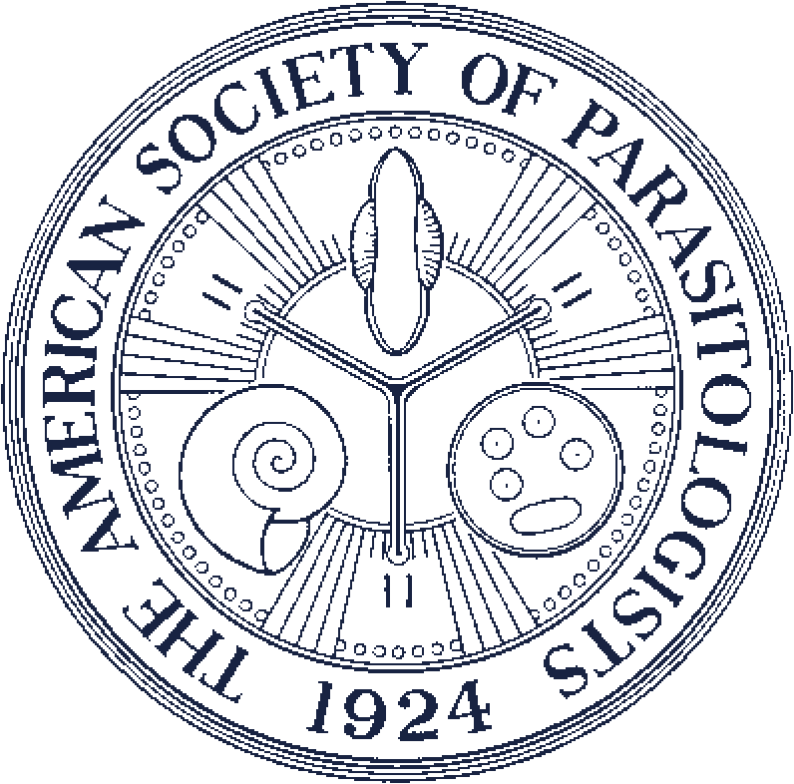THEILERIA EQUI INFECTION IN WORKING HORSES OF PAKISTAN: EPIDEMIOLOGY, MOLECULAR CHARACTERIZATION, AND HEMATOBIOCHEMICAL ANALYSIS
Theileria equi is 1 of the emerging and prevailing tick-borne hemoprotozoans adversely affecting the equids worldwide, including Pakistan. The current study aimed to investigate the prevalence and molecular characterization of T. equi in working horses (n = 194), the comparative efficacy of different diagnostic tests, associated risk factors, and hematobiochemical analysis. The blood samples of horses were subjected to microscopic examination, cELISA, and polymerase chain reaction (PCR) and the results revealed a prevalence of 9.79, 21.13, and 13.40%, respectively, for T. equi in working horses. The comparison of microscopy and cELISA results with PCR showed that cELISA had higher sensitivity (84.62%), but lower specificity (88.69%) and accuracy (88.14%) in comparison to microscopy (57.69, 97.62, and 92.27%). Molecular characterization of T. equi by phylogenetic analysis revealed a 61% resemblance of study isolates with each other OL662926, OL662925, and 82% similarity with isolate OL662924 while also showing homology with T. equi isolates of South Africa, South Korea, India, Pakistan, and Brazil. The risk factor analysis revealed a significant association (P < 0.05) of tick control status, previous tick history, tick infestation, house hygiene, deworming/vaccination, and the presence of other livestock species with T. equi infection in horses. The hematobiochemical profile revealed a significant (P < 0.05) decrease in red blood cells (RBCs), hemoglobin (Hb), packed cell volume (PCV), white blood cells (WBCs), platelet (PLT), phosphorus, and an increase in lymphocytes, granulocytes, aspartate aminotransferase (AST), glucose, bilirubin, blood urea nitrogen (BUN), and creatinine in T. equi–infected horses. The current study is the first comprehensive report for comparative evaluation of microscopy, cELISA, and PCR, assessment of epidemiological risk factors as well as hematobiochemical variations due to T. equi infection in Pakistan.ABSTRACT

GIS map of study area showing district Sargodha and Mianwali.

PCR picture showing bands at 220 base pairs (bp) of Theileria equi. Lane L indicates 100-bp molecular weight ladder, lane C+ve indicates control positive, C−ve indicates control negative, and G113, G63, and G19 are positive samples.

BLAST alignment of Theileria equi sequences with already reported sequences taken from National Center for Biotechnology Information.

Maximum-likelihood phylogenetic tree with 1,000 bootstrap replications was constructed from 18S rRNA Theileria equi study isolates with GenBank sequences.
Contributor Notes
